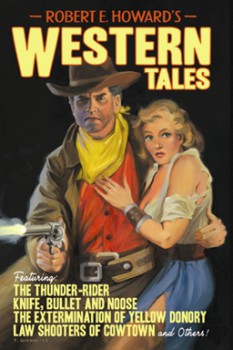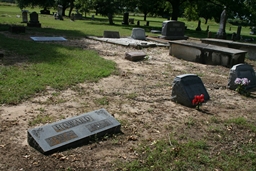Modular: Astonishing Swordsmen & Sorcerors of Hyperborea — 2nd Edition!
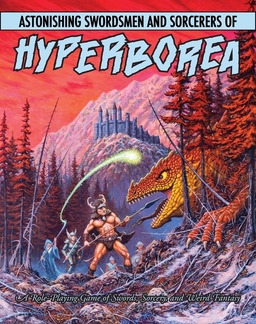 Back in December of 2012, Black Gate head honcho John O’Neill wrote a glowing post about Astonishing Swordsmen & Sorcerors of Hyperborea (for ease of typing, we’ll go with AS&SH from here on in). AS&SH was created by Jeffrey Talanian, who co-authored Castle Zagyg with Gary Gygax (The Zagyg saga is worthy of a post in itself).
Back in December of 2012, Black Gate head honcho John O’Neill wrote a glowing post about Astonishing Swordsmen & Sorcerors of Hyperborea (for ease of typing, we’ll go with AS&SH from here on in). AS&SH was created by Jeffrey Talanian, who co-authored Castle Zagyg with Gary Gygax (The Zagyg saga is worthy of a post in itself).
AS&SH came out of Original Dungeons & Dragons (0E), created by Gygax and Dave Arneson. That is the version that my retroclone of choice, Swords & Wizardry, is based on. Talanian cited Robert E. Howard, Clark Ashton Smith and H.P. Lovecraft as his influences. So, we’re talking Pulp: weird pulp!
Fast forward to 2016 and Talanian has launched an already successful Kickstarter for a 2nd Edition of Astonishing Swordsmen & Sorcerors of Hyperboria. As I type this, with 22 days remaining, it is at 318% funding and is tearing through stretch goals like the Cimmerians at Venarium.
The book will be somewhere around five hundred pages and will include a 32” x “40 color map, as well as an introductory adventure. Ian Baggley’s popular art from the 1st Edition will be supplemented with illustrations from about a dozen new artists. If you like this style of art, AS&SH is absolutely worth backing. Check out the new cover!
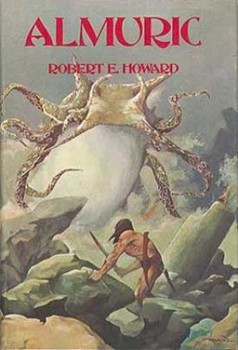
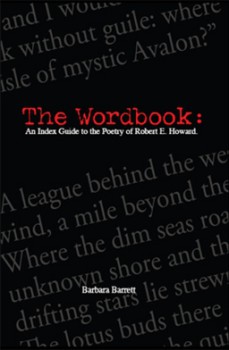
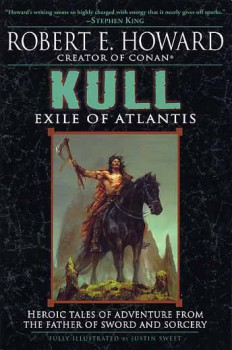
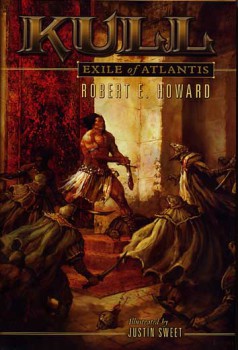
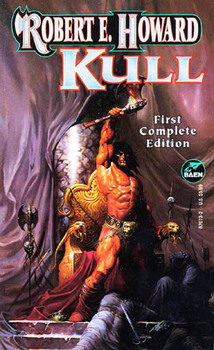
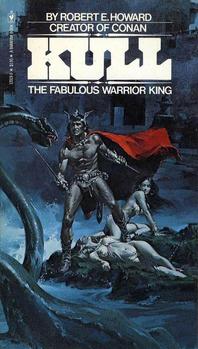
 In a
In a 
